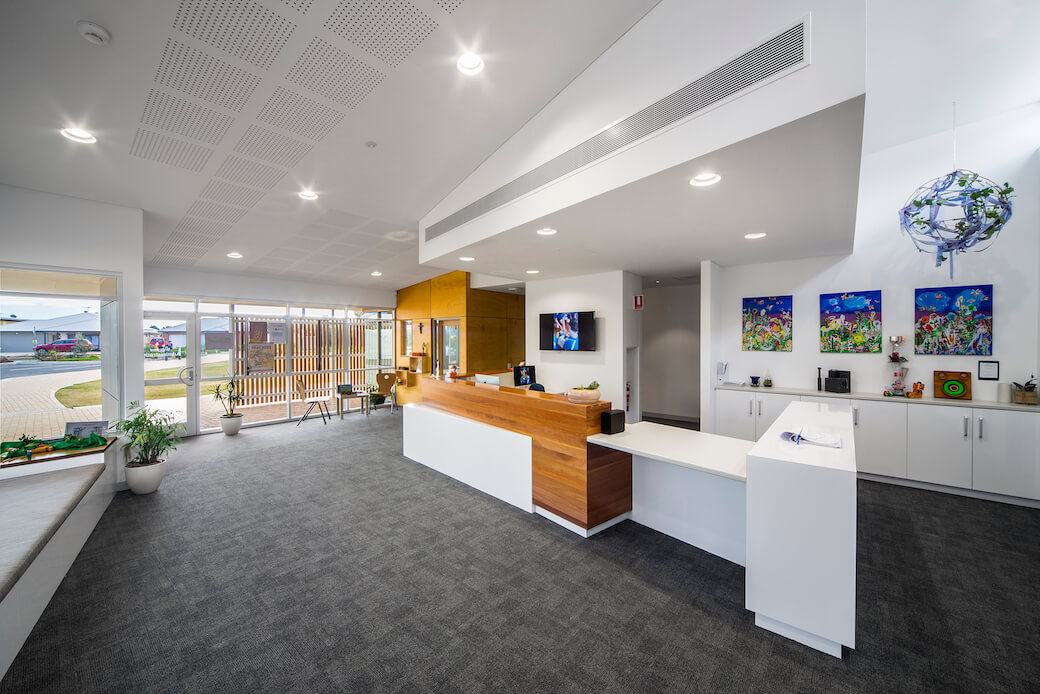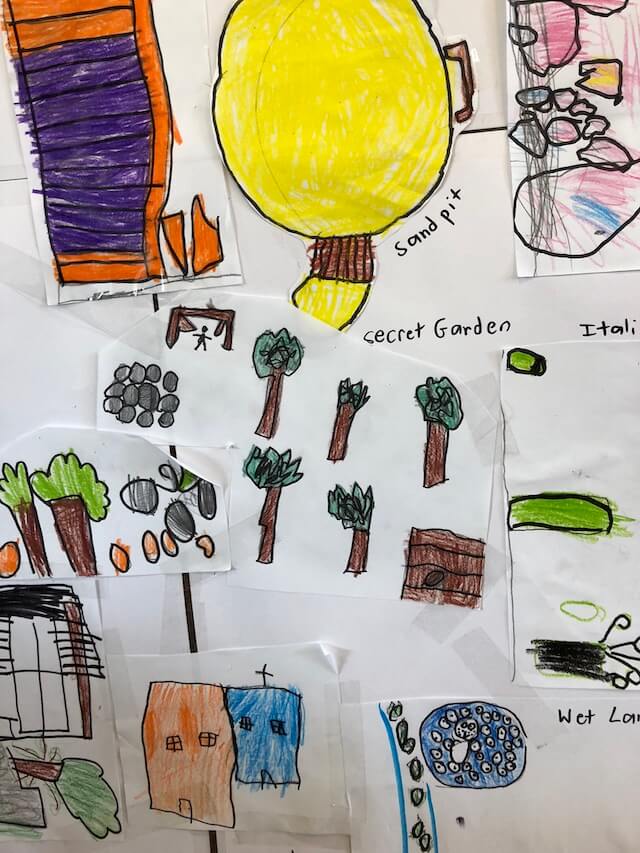Galilee Catholic School staged works, 2005 – 2019
Winner, 2008 Council of Educational Facility Planners International (CEFPI) award;
Winner, Education Initiative – Design Solution of Innovative Program, 2008 Association for Learning Environments Regional Award;
Winner, 2007 DesignShare Merit Award
Designing a school from scratch is a rare and exciting challenge. Back in 2005, Galilee Catholic School in Aldinga was little more than a barley paddock with unobstructed views of the nearby hills. Despite its embryonic status, the school’s newly appointed leadership had a clear, long-term vision for the greenfield site.
Guided by the central tenets of the Reggio Emilia education philosophy, the team introduced us to the principle of “the environment as the third teacher.”
Master planning
Administration building
Reggio Emilia education
Place of worship
Staged works
We learned that an open, flexible and free-flowing master plan would be crucial to confident, lifelong learning, grounded in uninterrupted exploration and play. To inspire curiosity and cater for various learning styles, spaces needed to be interactive but not overly prescriptive. This lightness of touch – understanding what not to design – would set important parameters for our work with the school.





